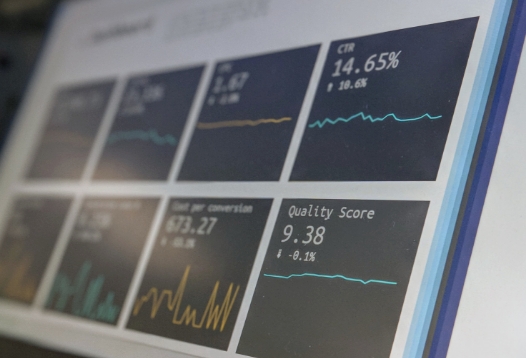You may already know that conversion rate optimisation (CRO) is crucial to improving the percentage of your website visitors who purchase with you, filling out your form or whatever it is you want them to do.
We wrote an article on some basic, but effective methods of improving your conversion rate, but for those who are looking to push ever further, we’ve identified several more advanced techniques that can be used to further improve your website’s conversions.
If you’re someone who has got their head around the foundations of CRO, then we definitely recommend giving these a try to see if they work for you.
A/B testing
A/B testing is the process of comparing two versions of a webpage to see which one performs better in terms of the desired conversion. It involves making small changes to one version and comparing it to the original version to see which one performs better. A/B testing can be used to test various elements of a webpage, such as the layout, copy, images, or calls to action.
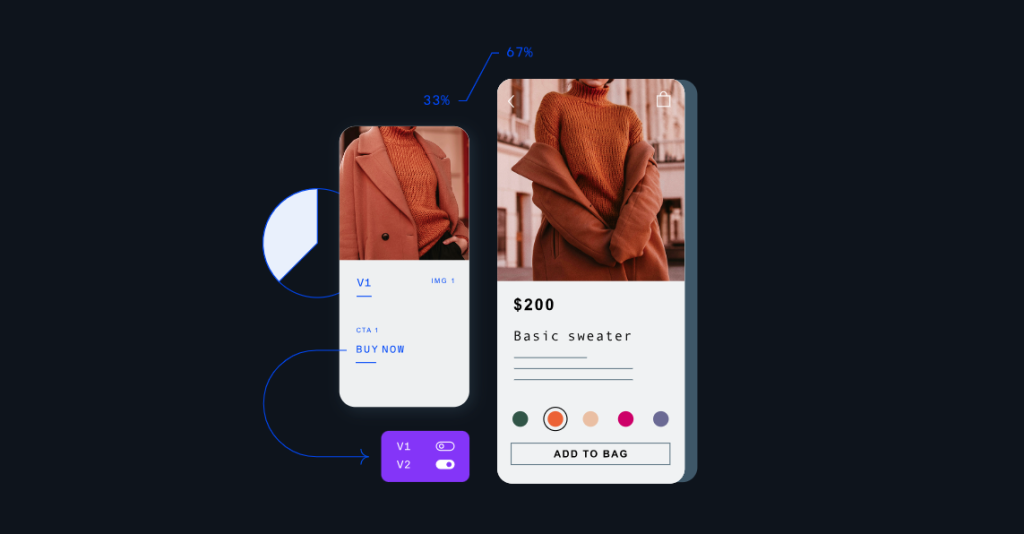
Heatmap analysis
Heatmap analysis involves tracking and analysing user behaviour on a webpage, including where they click, scroll, or move their mouse. This can provide insights into how users interact with the webpage, which can be used to optimise the design and placement of key elements, such as calls to action.
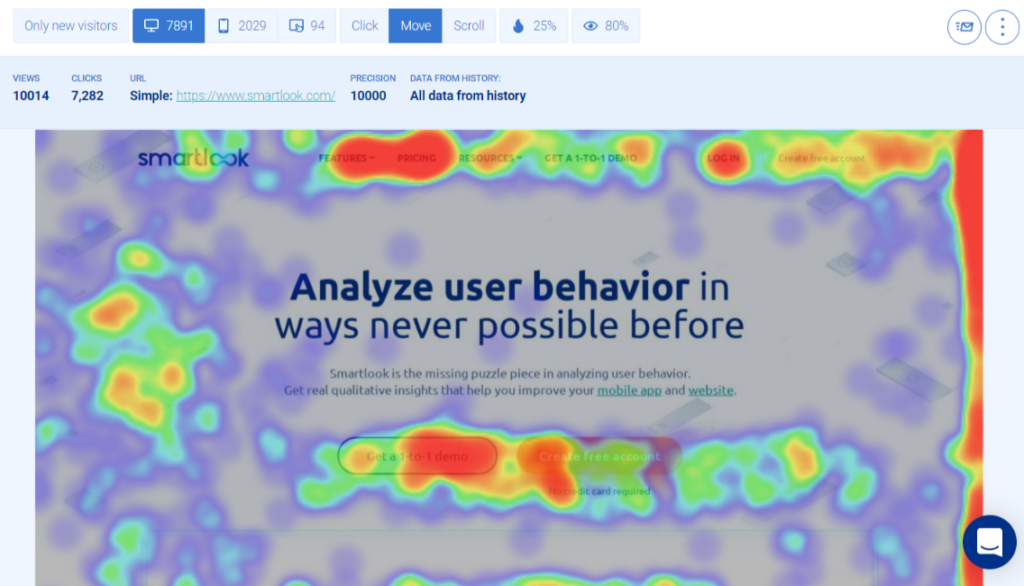
Personalisation
Personalisation involves tailoring the user experience to the individual user based on their past behaviour or other demographic information. This can include personalised recommendations, content, or messaging that is more likely to resonate with the user and increase the likelihood of conversion.
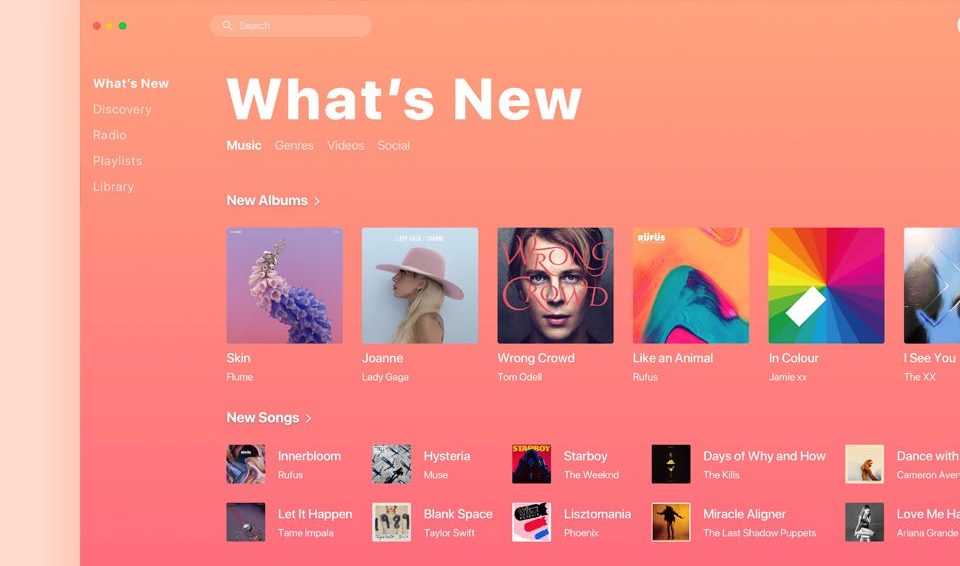
Multi-step forms
Multi-step forms involve breaking up a longer form into multiple shorter steps, making it less daunting for the user to complete. This can improve the completion rate of the form and increase the likelihood of conversion.
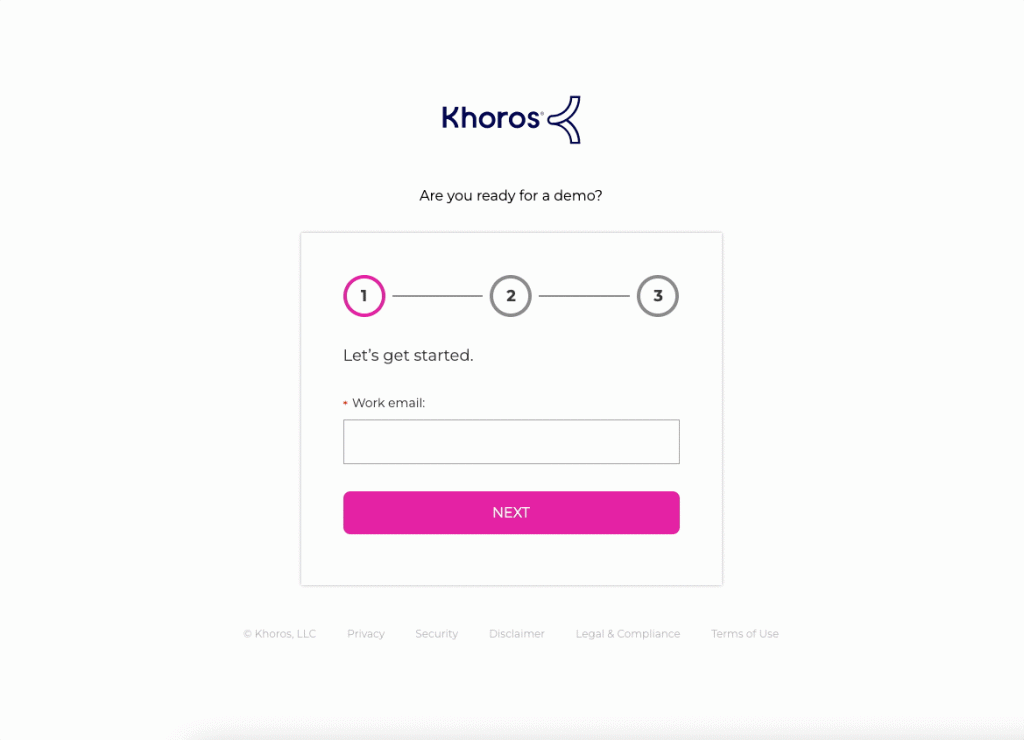
Dynamic pricing
Dynamic pricing involves changing the price of a product based on various factors, such as time of day, day of the week, or customer behaviour. This can be used to optimise the price of the product to maximise revenue and improve the likelihood of conversion.
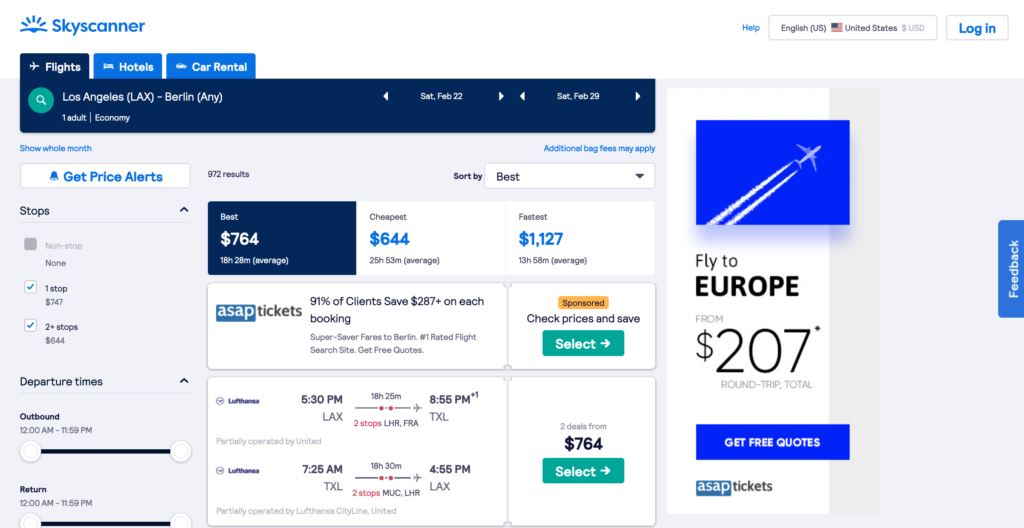
Exit intent pop-ups
Exit intent pop-ups are triggered when the user is about to leave the webpage and can be used to offer a last-minute incentive or message to encourage the user to stay or take action.

Live chat
Live chat allows users to chat with a customer service representative in real-time, providing an opportunity to answer any questions or concerns that may be preventing the user from converting.
In summary, these advanced CRO techniques can help improve the conversion rate of a website by optimising the user experience, tailoring messaging and pricing to the individual user, and providing additional incentives or support to encourage conversion. By leveraging these techniques, businesses can further improve their conversion rates and ultimately increase their revenue.
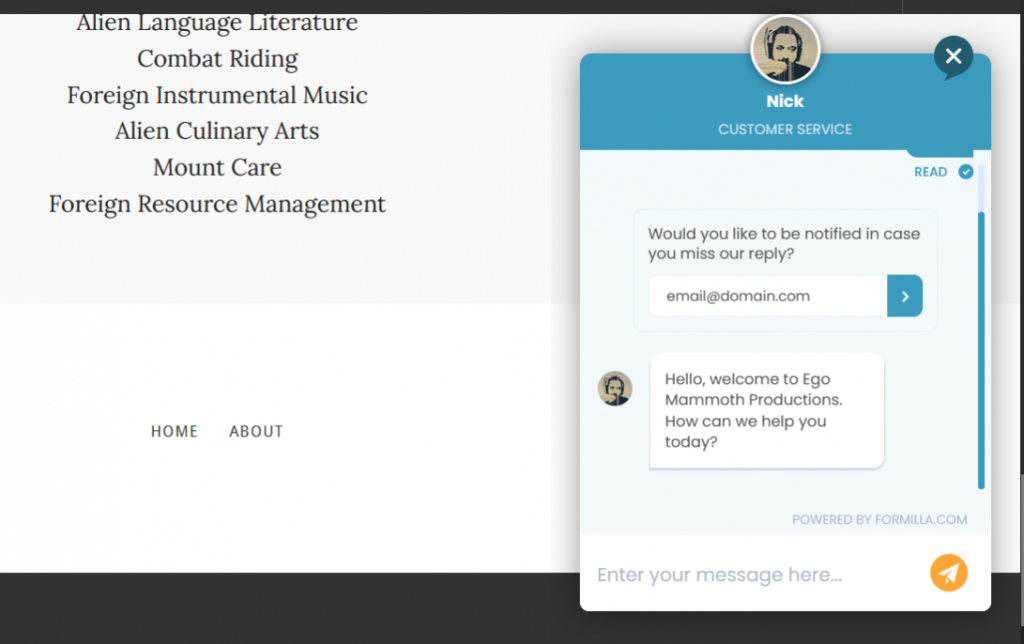
Take your website further
Granted, some of these advanced CRO techniques will take a little more time and may require a little extra analysis to implement. Also, not all of these techniques together are going to work for your website or business; CRO is an exercise in experimentation.
Having said that, leveraging some of these techniques to optimise your user experience, tailor your messaging and pricing to the individual user, and provide additional incentives or support, will pay dividends.
Start with one new technique, plan well, execute thoughtfully, test and measure along the way and see how these seemingly small changes impact your revenue!
BY CRAIG RUNDLE
Director at Tin Soldier
Craig, Founder and Director at Tin Soldier lives and breathes digital. Being slightly geeky, since the late 90’s he has been involved and watched the internet grow from one page websites through Web 2.0 and more recently with the advent of AI technologies. Craig’s passion is ecommerce, in particular creating great customer experiences through personalisation, content and connected systems.
